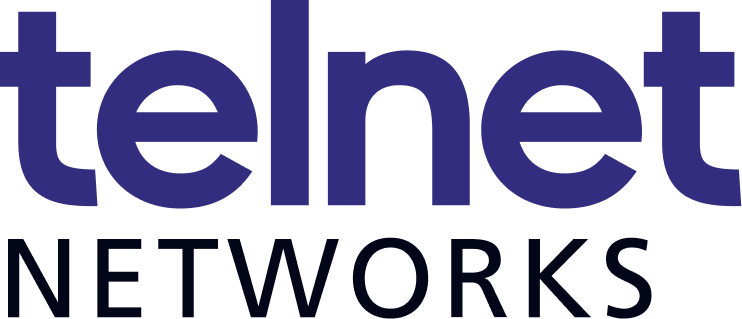Unmask Bandwidth Bandits
The term bandwidth hog makes most network managers consider the usual suspects – from ill-timed backups to illicit P2P use. But bandwidth-stealing applications can be difficult to unmask and simply increasing network capacity won’t solve the problem. So let’s discuss three commonly overlooked strategies and scenarios to identify bandits and avoid performance interruptions.
Prioritized Video Push
Network teams assume video conferencing will consume significant bandwidth. While true, the greater impact occurs when ill-prepared network teams assign video and other UC applications the highest possible precedence settings. At first, video consumes a small amount of traffic, but as use expands and high-definition video is implemented, the situation drastically changes. With high-precedence communication programs taking up more pipe, less space is available for critical applications like email and web-based programs. The result? Noticeable performance slowdowns.
Avoiding Interruptions
- Create network baselines for performance benchmarks and user expectations of legacy applications.
- Deploy video-conferencing applications and test in a pre-production environment to better assess potential impact on existing network traffic.
- Conduct a staged rollout to 25 percent and then 50 percent of the user base before deploying video network-wide.
- Grant higher precedence to other critical apps to avoid slowing down business processes.
Cloud Crowd
No doubt shifting to cloud offers great scalability and availability benefits. But cloud also delivers a host of new challenges. Cloud services shift IT management priorities from the network core to the WAN/Internet connection. IT teams must understand this shift, adequately prepare the network, and adjust management styles – or risk crashing Internet links and existing web services.
Avoiding Interruptions
- Assess and baseline existing Internet service performance and link utilization.
- Test web service with a small user group to benchmark performance and Internet link demands.
- Use modeling to extrapolate the impact of enterprise-wide service use and evaluate link utilization with added web service over the same time period.
- Prioritize cloud and SaaS apps, plus throttle traffic to ensure bandwidth is appropriately allocated.
- When relying heavily on cloud services, consider having multiple providers in case one has a performance issue.
- Maintain visibility by developing a framework for eliminating blind spots delivering granular access to data across both public, private, and hybrid cloud environments.
App Vendors: Trust but Verify
When you deploy major applications like Enterprise Resource Management programs involving vendor-hired consultants, they typically run tests to verify proper service functionality. Consultants will generally be selective of test points and coordinate with someone on the application team without network team involvement.
As a consequence, applications will be approved without exhaustive enterprise-wide evaluations. The problem is that adverse performance in many untested locations can jeopardize overall network performance and any promised savings and benefits from the newly implemented program.
Avoiding Interruptions
- Maximize communication between application and network teams
- Ensure selected test sites represent overall environment.
- Use third-party monitoring tools to validate application results.
- Verify with lab test with 50 users in pre-deployment environments to learn the application’s impact.
Most bandwidth bandits highjack network utilization when network teams fail to take steps during the deployment phase. By fully evaluating the impact of rolling out critical services, you can confirm your network is ready for new services. You also maintain positive user experience and response times with critical legacy applications.






